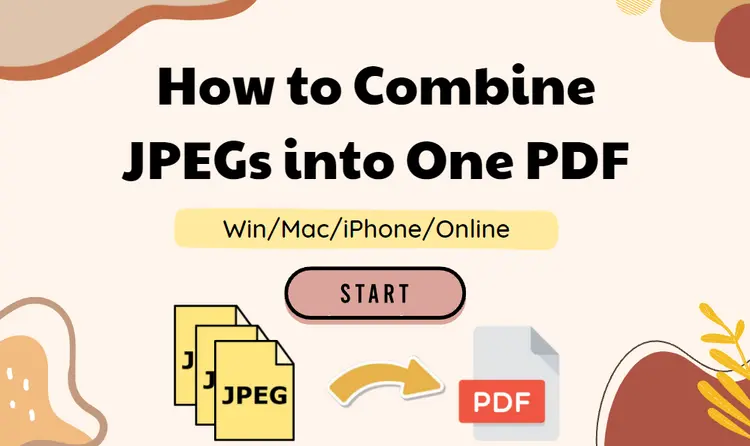How to Build a Sales Tech Stack for 2023: Top Tips + Tools
When it comes to growing a business, you’ll need the right tools to help get your sales team and pipeline moving. Thankfully, there are plenty of great options for starting your toolkit. This blog post will look at what goes into building a sales tech stack for the year ahead—including our top tips for starting one off successfully!
Also Read: Textsheet: Working Links And The 11 Best Alternatives For Students
What is a Sales Tech Stack?
A sales tech stack is the combination of tools and applications that a sales team uses to do their job. It can include CRM software, email marketing, lead generation tools, data analytics, and more. The goal of having a tight sales tech stack is to ensure you have all the right tools in place so your team can focus on closing deals instead of figuring out what they need.
If you’re a sales organization, the first step is to figure out what tools you need to have in place. Once you know that, it’s time to decide which ones are best for your team and your business.
For startups, it’s hard to know which tools to choose and how much money to spend on them. This article will walk you through some of the most important things to consider when building your sales tech stack.
What are the essential sales technology tools?
Sales technology has evolved significantly in recent years. Many tools once used for tracking and automation have become more sophisticated, allowing you to do more than ever. The following is a list of essential sales technology tools categories and how they can help you build your stack.
1. Customer Relationship Management tools
Customer relationship management (CRM) tools help you keep track of your customers, prospects, and leads. They allow you to organize, manage and automate your process by tracking the progress of each lead and integrating with tools.
The most popular CRM tools include:
Salesforce
Salesforce is a CRM, SaaS, and cloud computing company. Salesforce offers the industry’s #1 Customer Relationship Management tool that helps businesses to connect with their customers through every channel.
Hubspot
HubSpot is a marketing automation platform that allows you to create, publish and track content. HubSpot also offers a CRM tool to manage your leads, contacts, and customers. HubSpot could be the right fit if you want an all-in-one solution for sales and marketing operations.
2. Sales automation tools
Sales automation tools manage leads and track email campaigns. These tools include Hubspot, Salesforce, LinkedIn Sales Navigator, Zoho CRM, and SalesLoft. Sales automation tools use a variety of processes to help sales teams be more efficient in their day-to-day tasks.
LinkedIn Sales Navigator
LinkedIn Sales Navigator is a CRM tool that allows you to manage your contacts, track the sales process, create targeted campaigns, and leverage the power of LinkedIn’s network of over 500 million professionals. It’s great for handling your outreach, from top prospects to warm leads.
3. Account planning tools
Account planning tools allow you to map the sales process from beginning to end. They can strategize, prioritize and communicate with prospects, customers, partners, and stakeholders. They’re great for collaboration between teams and individuals within your organization and external parties like vendors and suppliers.
Lucidchart
A diagramming and visualization tool allows you to create, edit and share professional flowcharts, wireframes, UML diagrams, network diagrams, business process diagrams, and more. This tool is a great way to visually organize the steps of your sales process by creating a visual map of how they work together in an easy-to-follow format.
4. Scheduling tools
Scheduling tools are helpful for salespeople to schedule calls and meetings, but they can also help with other tasks that require coordination across different departments or teams. The most popular scheduling tool include:
Calendly
Calendly is a scheduling tool that allows you to manage your calendar and schedule meetings. This means you can set up meetings with clients and colleagues and recurring meetings. You can also share calendars with your team to keep everyone on the same page!
5. Email finder tools
Email finder tools are essential to any salesperson’s toolkit. Email finder tools allow you to search and contact people who have done business with your company in the past. These tools can also research potential clients and identify decision-makers at organizations that might be interested in your product or service.
SignalHire
SignalHire is an email finder that can provide you with valid personal and professional email and other contact information of people. Hence, signalhire.com can help you get access to potential clients and employees.
6. People management and communications tools
The best salespeople are team players; to be a good teammate, you must communicate well with your colleagues. That means using the right tools for the job.
Slack
Slack is a messaging app that allows users to share files and schedules and create groups. It’s used for company-wide announcements, sales updates, and more/
Slack makes it easy for sales professionals to stay connected with their teams by providing a central place to find important information. You can quickly add people to group chats or schedule meetings with team members in the app, ensuring everyone stays on the same page.
7. Project management tools
Once you’ve established your sales process, it’s time to start organizing the supporting tools to make it run smoothly. Here are some of the most crucial project management tools for sales teams:
Workfront
If you’re looking for a project management tool that can scale with your company, Workfront is an excellent option. The app has free and paid versions available online or as an app.
Trello
Trello is a project management tool that lets you organize your work intuitively. Trello is free to use, web-based, and available on all major platforms (desktop, mobile).
Top tips for building a Sales Tech Stack for 2023
What follows are our top tips on how to build a Sales Tech Stack for 2023:
1. Understand your current business needs
You should understand the requirements of your business, sales team, and marketing team. To do this, you need to understand what your customers need from your company. The next step is understanding the requirements of your customer service team.
2. Pick long-term goals over the short term
You should consider the long term when building your sales tech stack. If you’re an early-stage startup, it will be fine whether your CRM can ingest data from Salesforce or HubSpot. The important thing is that it works well now and has room to grow with your business.
3. Understand the user base of each tool
Understand the user base of each tool. There are many tools, but it’s essential to understand who will use them and why they’ll benefit.
Conclusion
As a salesperson, you want to use the best tools for your job. The sales technology stack should be based on your needs and how you want to use them. You can create a custom-made toolbox by looking at different options available in the market and deciding what works best for you.







